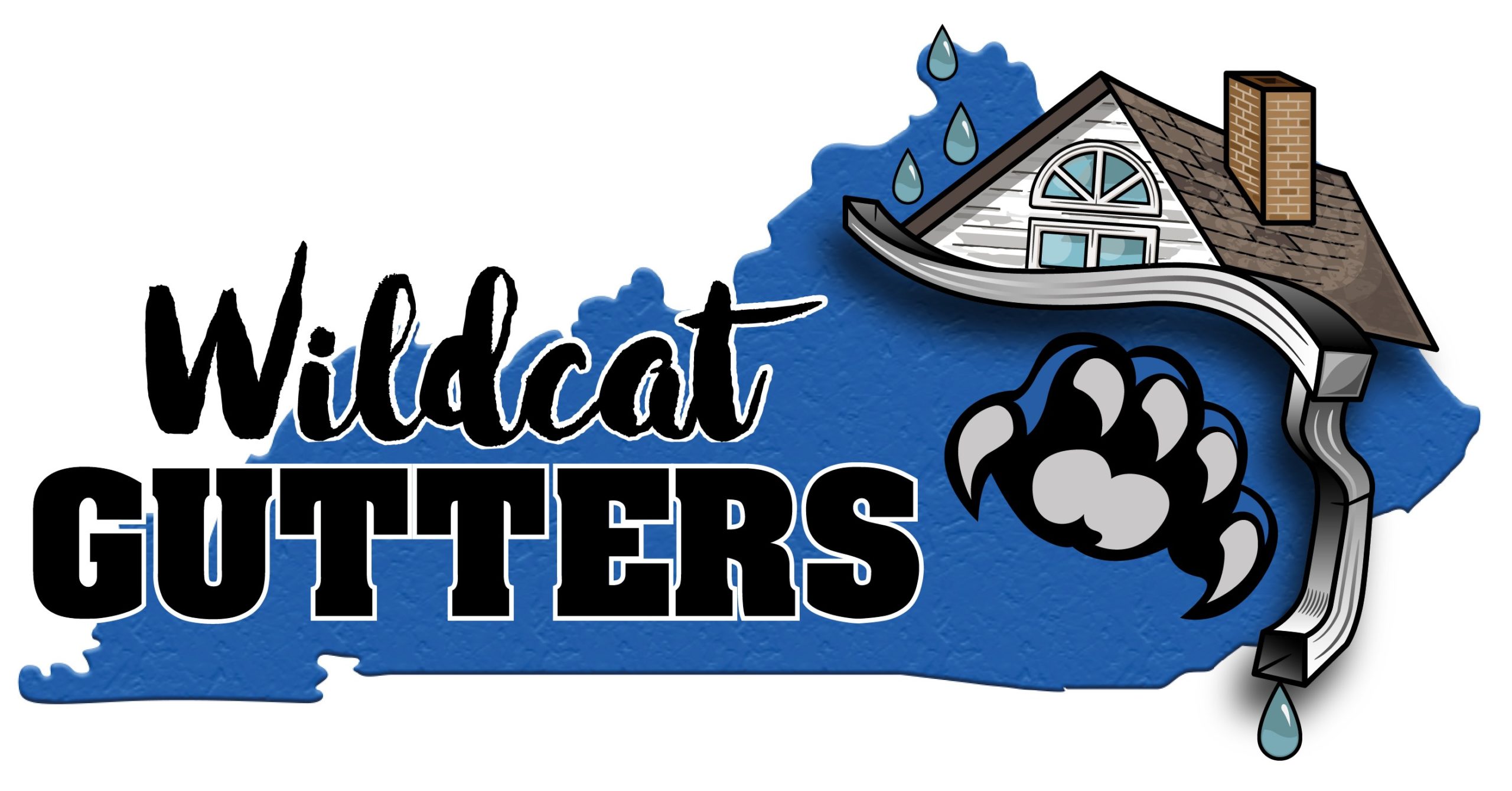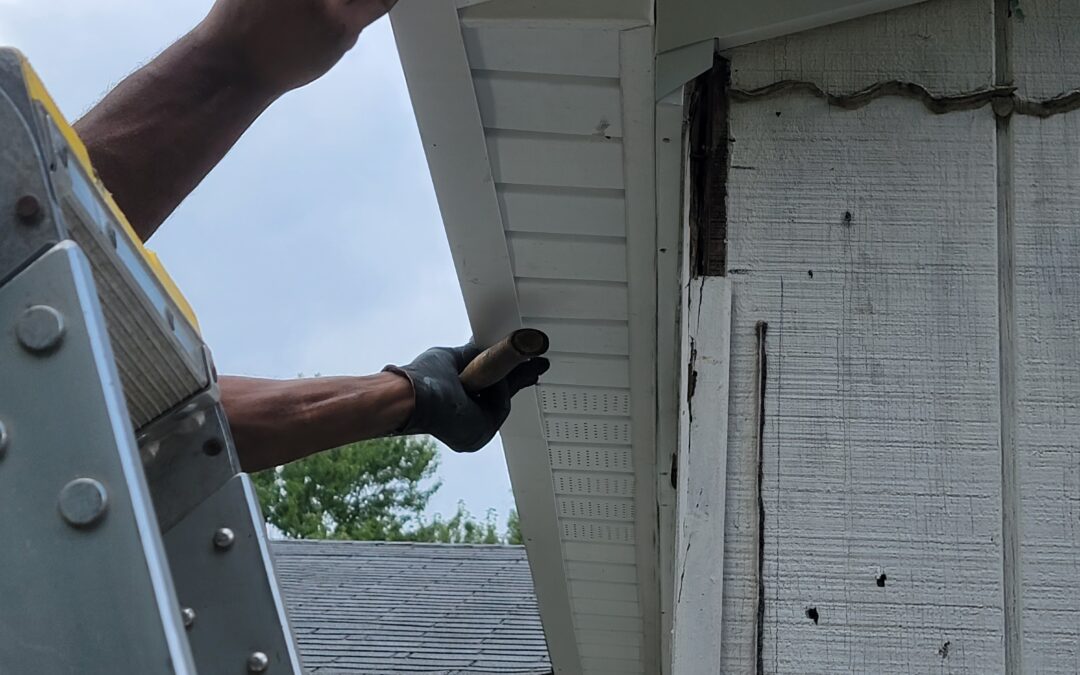Home improvement projects often focus on the big picture, but it’s the smaller details that can make a significant difference in your home’s overall look and durability. One of these critical details is the fascia wrap and trim metal, which play a vital role in protecting and beautifying your home. In this detailed guide, we’ll delve into what fascia wrap and trim metal are, their benefits, materials, installation process, and maintenance tips. At Wildcat Gutters in Lexington, KY, we understand the importance of every component of your home’s exterior, and we’re here to provide you with valuable information to help you make informed decisions.
What is Fascia Wrap and Trim Metal?
Understanding Fascia Wrap
Fascia wrap is a protective covering applied to the fascia board, which is the horizontal band running along the edge of your roof. The fascia board supports the gutter system and is a critical component in ensuring proper water drainage away from your home. By wrapping this board with a protective layer, you prevent it from weather-related damage, such as rotting or warping, and enhance its aesthetic appeal.
Defining Trim Metal
Trim metal refers to the metal sheets or pieces used to cover and protect various parts of a building’s exterior. These include window trims, door trims, and roof edges. Trim metal serves both functional and decorative purposes, safeguarding vulnerable areas from moisture, pests, and other potential damages while providing a clean, finished look.
Benefits of Fascia Wrap and Trim Metal
Protection from the Elements
Fascia wrap and trim metal provide a barrier against harsh weather conditions. They protect wooden components from moisture, which can cause rot and decay. This is especially important in regions with high humidity or frequent rainfall, like Lexington, KY.
Enhanced Aesthetic Appeal
Fascia wrap and trim metal come in a variety of colors and finishes, allowing homeowners to choose options that complement their home’s design. They offer a polished and updated appearance that can enhance the overall look of the property.
Low Maintenance
Fascia wrap and trim metal require very little maintenance once installed. Unlike wood, which needs regular painting and sealing, metal trims are durable and resistant to chipping and peeling, saving you time and money in the long run.
Improved Durability
By protecting the underlying wood from moisture and pests, fascia wrap and trim metal extend the life of your roofline components. This means fewer repairs and replacements over time, making them a cost-effective solution.
Materials Used in Fascia Wrap and Trim Metal
Aluminum
Aluminum is a popular choice for fascia wrap and trim metal due to its lightweight nature, resistance to rust and corrosion, and ease of installation. It can be painted or coated in various colors to match your home’s exterior.
Steel
Steel trim metal is known for its strength and durability. It can withstand harsh weather conditions and is often used in areas prone to extreme weather. Steel trims are usually coated with a protective layer to prevent rust and increase longevity.
Vinyl
Vinyl is a budget-friendly option that offers good durability and a range of color choices. While it’s not as strong as metal, it’s resistant to moisture and pests, making it a suitable option for many homeowners.
Copper
For a more luxurious look, copper trim metal is an excellent choice. It develops a beautiful patina over time and is highly durable. However, it’s also one of the more expensive options.
Installation Process of Fascia Wrap and Trim Metal
Preparing the Surface
Before installing fascia wrap and trim metal, it’s essential to ensure that the underlying wood is in good condition. Any damaged or rotten wood should be repaired or replaced to provide a solid base for the wrap and trim.
Measuring and Cutting
Accurate measurements are crucial for a successful installation. The fascia wrap and trim metal need to be cut to fit precisely along the edges of the roof and around windows and doors.
Securing the Wrap and Trim
The metal pieces are then secured in place using appropriate fasteners. It’s important to ensure that the fasteners are corrosion-resistant to prevent rusting. Seams and joints should be sealed properly to prevent water infiltration.
Finishing Touches
Once installed, the wrap and trim should be checked for any gaps or loose areas. Touch-up paint may be applied to ensure a uniform appearance.
Maintenance Tips for Fascia Wrap and Trim Metal
Regular Inspections
Conducting periodic inspections can help identify potential issues early. Look for signs of damage, such as dents, rust spots, or loose sections, and address them promptly to prevent further problems.
Cleaning
Maintain the cleanliness of your fascia wrap and trim metal by washing them with a mild detergent and water. Refrain from using abrasive cleaners or tools that could scratch the surface.
Repainting
If your trim metal is painted, occasional repainting may be necessary to maintain its appearance. Use high-quality, exterior-grade paint to ensure longevity and durability.
Addressing Damage
If you notice any significant damage, such as large dents or rusted areas, it’s best to consult a professional. Proper repairs will ensure that your fascia wrap and trim metal continue to provide optimal protection and aesthetics.
Conclusion
Fascia wrap and trim metal are essential components that contribute to the protection and beauty of your home’s exterior. By understanding their benefits, materials, and installation process, you can make informed decisions about maintaining and enhancing your property. At Wildcat Gutters in Lexington, KY, we believe in the importance of every detail in home improvement projects. Whether you’re looking to protect your investment or boost your home’s curb appeal, fascia wrap and trim metal offer a practical and aesthetically pleasing solution.
For more information on home exterior maintenance and improvements, stay tuned to our blog for the latest tips and insights.

